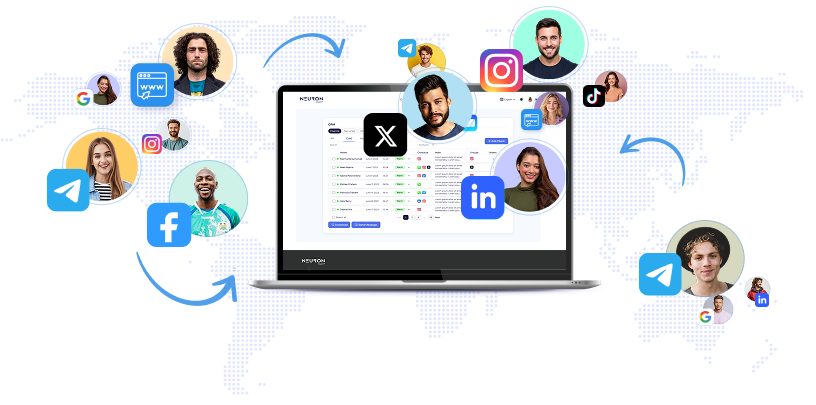
In recent years, virtual communication has transformed significantly due to advances in video conferencing technology. With remote work and virtual meetings becoming widespread globally, there is growing demand for more efficient communication tools. To meet this need, video conferencing platforms are increasingly integrating artificial intelligence (AI) to offer innovative features that improve user experience and meeting productivity. A prominent AI-powered addition is real-time language translation, enabling participants from different linguistic backgrounds to converse seamlessly. Users speak in their native language while AI instantly translates their speech into others’ preferred languages, breaking down language barriers that previously hindered global collaboration. This innovation is especially impactful for multinational corporations, global teams, and educational institutions seeking inclusive communication. AI also enhances audio quality through background noise cancellation. Using advanced machine learning algorithms, platforms filter out ambient sounds like typing, office chatter, or traffic noise, providing clearer audio. This reduces distractions during meetings and improves engagement, notably benefiting home office environments where controlling noise is challenging. Another valuable AI feature is automated meeting summaries. By analyzing transcripts, AI generates concise recaps of discussions, decisions, and action items. This helps attendees and absentees quickly review key points without wading through long recordings or notes. Automated documentation saves time, ensures accuracy, and improves accountability and follow-up efficiency. These AI integrations reflect a broader trend toward using cutting-edge technologies to facilitate natural, productive remote collaboration.
Combining real-time translation, noise suppression, and automated summaries allows platforms to serve diverse global users, overcoming traditional communication obstacles and fostering inclusivity. Furthermore, such advancements shape the evolving future of work. As hybrid models become standard, organizations seek tools that bridge geographic and time zone gaps. AI-enabled conferencing helps teams collaborate cohesively regardless of location, promoting flexibility without sacrificing effectiveness. Industry leaders continue investing heavily in R&D to refine these AI capabilities. Machine learning models improve translation and noise cancellation accuracy by training on diverse datasets, adapting to different accents and environments. Advances in natural language processing enhance meeting summaries to capture nuanced discussions and complex decisions. Nevertheless, deploying AI features raises important data privacy and security concerns. Protecting user conversations and content confidentiality is crucial. Companies therefore enforce strict encryption and compliance measures to secure information while enabling effective AI performance. Looking forward, AI’s fusion with video conferencing is expected to deepen, potentially adding virtual reality environments, emotion recognition, and personalized meeting facilitation. These prospects promise more immersive, responsive, and tailored virtual interactions. In conclusion, integrating AI into video conferencing represents a major advance in virtual communication. Features like real-time language translation, noise cancellation, and automated summaries collectively enhance meeting quality and accessibility. By addressing key remote collaboration challenges, these innovations empower users worldwide to connect and collaborate more effectively, contributing to a future where geographic and linguistic barriers are diminished through technology.
AI Innovations Transforming Video Conferencing: Real-Time Translation, Noise Cancellation, and Automated Summaries


Kuaishou's Kling AI is a groundbreaking video generation tool launched in June 2024 by the Chinese tech company Kuaishou.

OpenAI has quickly become a key influencer in the stock market, significantly shaping the growth of the artificial intelligence (AI) economy.

The United States Senate has recently approved the 'GAIN AI' legislation as part of the National Defense Authorization Act (NDAA), which would mandate AI chip manufacturers like Nvidia and AMD to prioritize chip orders from American companies over exports, especially to China and its allies.

Editor’s note: This article is co-authored by Bart Willemsen and Penny Gillespie, VP Analysts at Gartner.

The Microsoft Advertising blog recently published a post about how to optimize content for AI Search Answers.

Trupeer is a US-based technology company specializing in advanced artificial intelligence (AI) software that automates the creation of business videos and documentation.

Adobe has introduced a new suite of AI agents tailored specifically for the complex business-to-business (B2B) market, aiming to simplify how companies sell to other organizations.
Automate Marketing, Sales, SMM & SEO

and get clients on autopilot — from social media and search engines. No ads needed
and get clients today